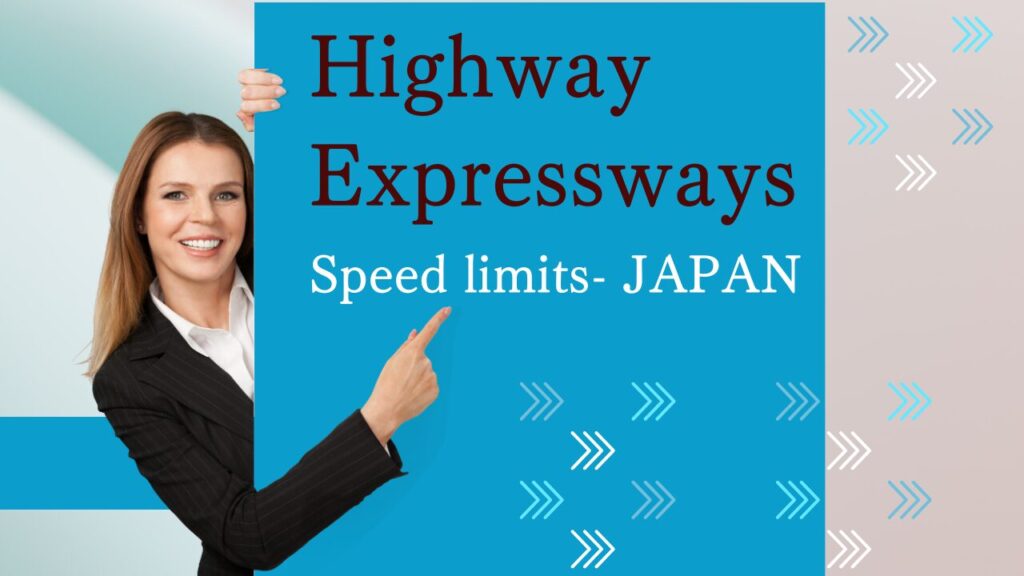
An Overview of Speed Limits and Rules on Japanese Highways
Here is an explanation of the rules you should know before using Japanese highways for the first time, including speed limits and other important regulations. Be sure to check this information before driving in Japan!
3 Preparations Before Using the Highway
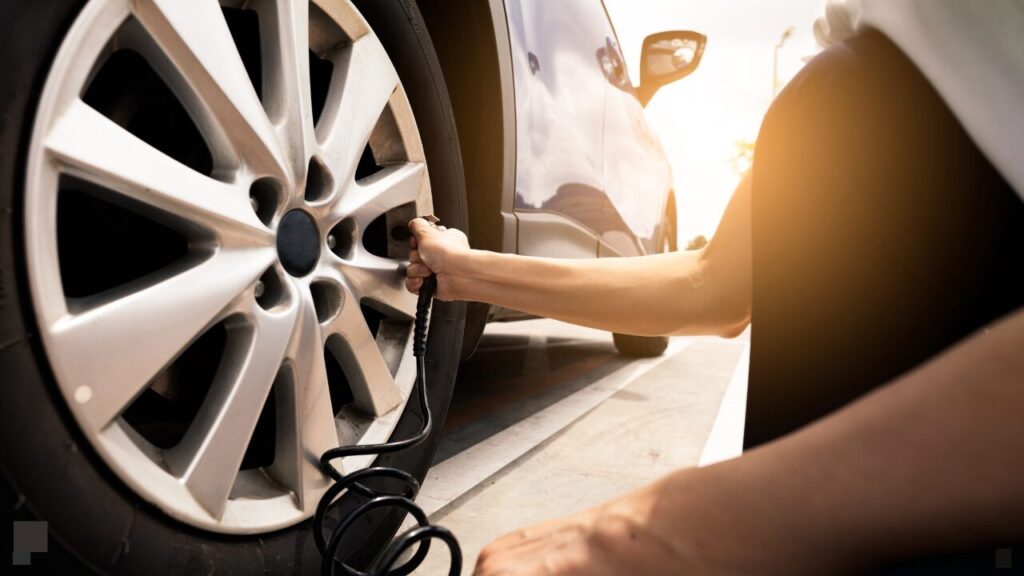
STEP 1: Check the Tire Pressure
Tire pressure has a significant impact on both safety and ride comfort when driving on highways. Make sure to check if the tire pressure is at the specified level before driving at high speeds. Driving with incorrect tire pressure increases the risk of problems. If you’re unsure about the correct pressure or how to inflate the tires, ask staff at a rental car shop or gas station for assistance.
STEP 2: Fill Up the Tank
Since there are very few places to refuel on highways, there is a possibility of running out of gas. Therefore, it’s highly recommended to fill up your tank before entering the highway. Additionally, gas stations on highways tend to be more expensive, so it’s more cost-effective to refuel before getting on the highway.
STEP 3: Set Your ETC Card
Currently, most toll booths on highways are equipped for electronic toll collection (ETC). If you’re renting a car, make sure to check with the rental shop if they can lend you an ETC card. Some rental shops may not offer this service, so be mindful of this when making arrangements.

What is the Speed Limit?
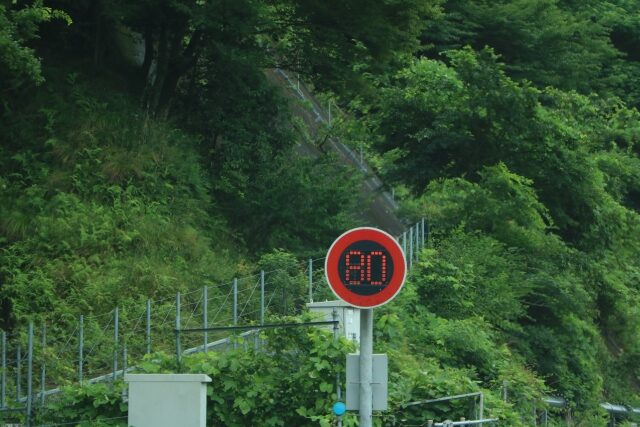
The basic speed limit on Japanese highways is 100 km/h for regular passenger cars, with a minimum speed of 50 km/h. However, if you’re not used to driving in Japan, make sure to follow the signs and road markings. Some highways have a speed limit of 120 km/h.
In comparison, many European countries have a maximum speed limit between 110 km/h and 130 km/h, so when driving in Japan, aim to maintain a speed of around 100 km/h. Keep in mind that, unlike Germany’s Autobahn, there are no highways in Japan without a speed limit, so be cautious.
Be Aware of Automated Speed Enforcement Systems
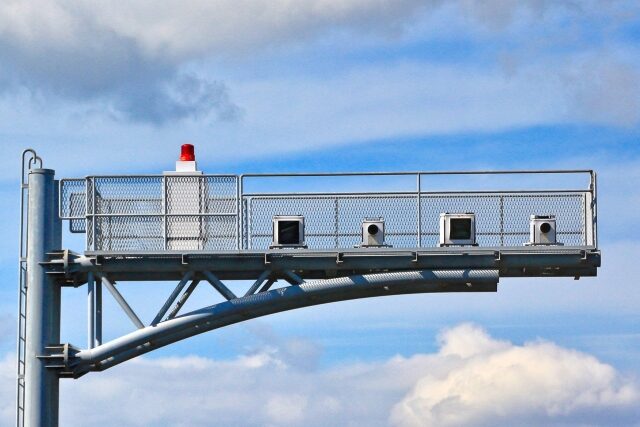
Automated speed enforcement systems measure and capture the speed of vehicles, automatically detecting speeding violations. These devices are installed on both highways and regular roads. When a violation is detected, the system captures the vehicle’s license plate and the driver’s image, and a notification is sent to the violator at a later date.
Watch Out for Unmarked Patrol Cars
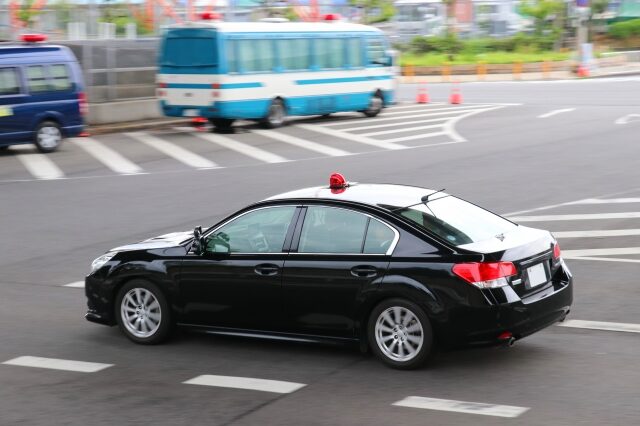
In Japan, patrol cars are usually easy to spot due to their distinctive black-and-white coloring and red lights. However, there are also “unmarked patrol cars” that blend in with regular traffic. These unmarked cars monitor highways and regular roads for traffic violations, including speeding. It’s not uncommon for a siren to go off from a seemingly ordinary car behind you, which turns out to be an unmarked patrol car. In addition to speeding, these patrol cars also enforce other violations, such as using a phone while driving, running red lights, illegal lane changes in prohibited zones, and tailgating. On regular roads, they also monitor whether drivers stop at crosswalks when pedestrians are showing intent to cross.
Key Points for Driving Safely and Comfortably
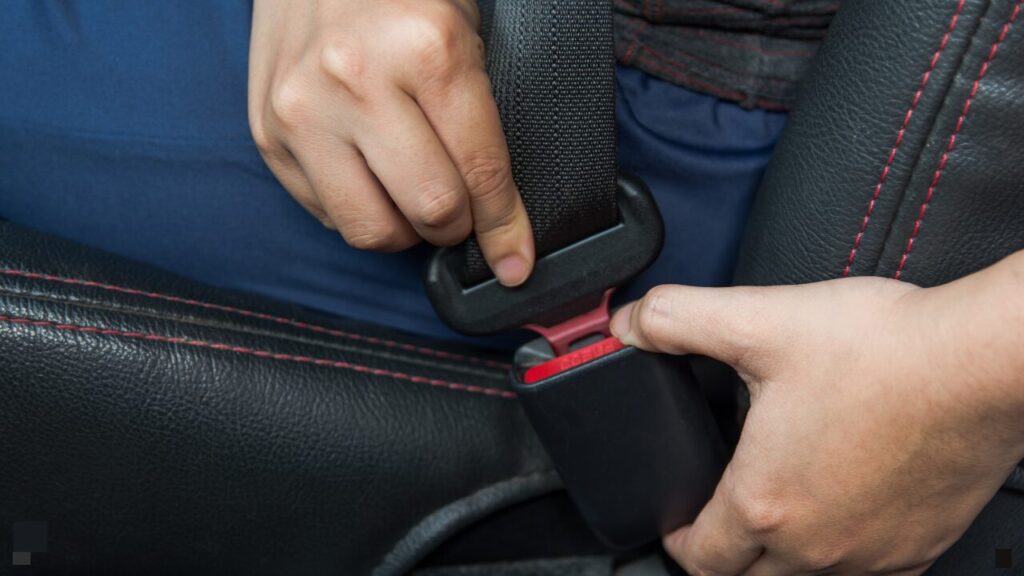
While enjoying driving in Japan, it’s important to avoid being pulled over by the police or unknowingly committing accidents or violations due to unfamiliar local rules. Here are some key points to ensure you can drive safely and confidently on Japanese highways.
① Wear Seat Belts in All Seats
Seat belts are an essential safety device that protects both the driver and passengers. As of June 1, 2008, seat belt use is mandatory in all seats, including the rear seats. If you fail to wear a seat belt while driving on either regular roads or highways, it will be considered a “seat belt non-compliance violation.” Not wearing a seat belt significantly increases the risk of serious injury during an accident, as occupants can be thrown inside the vehicle, ejected outside, or run over by following vehicles. Always ensure everyone in the vehicle is wearing a seat belt.
② Maintain a Safe Distance Between Vehicles
The safe distance between vehicles is the amount of space required to avoid a collision if the car in front suddenly stops. The faster your speed, the longer the necessary distance. On highways, it’s recommended to maintain a distance of at least 80 meters when driving at 80 km/h, and 100 meters when driving at 100 km/h. Because of the higher speeds on highways, make sure to leave more distance than you would on regular roads.
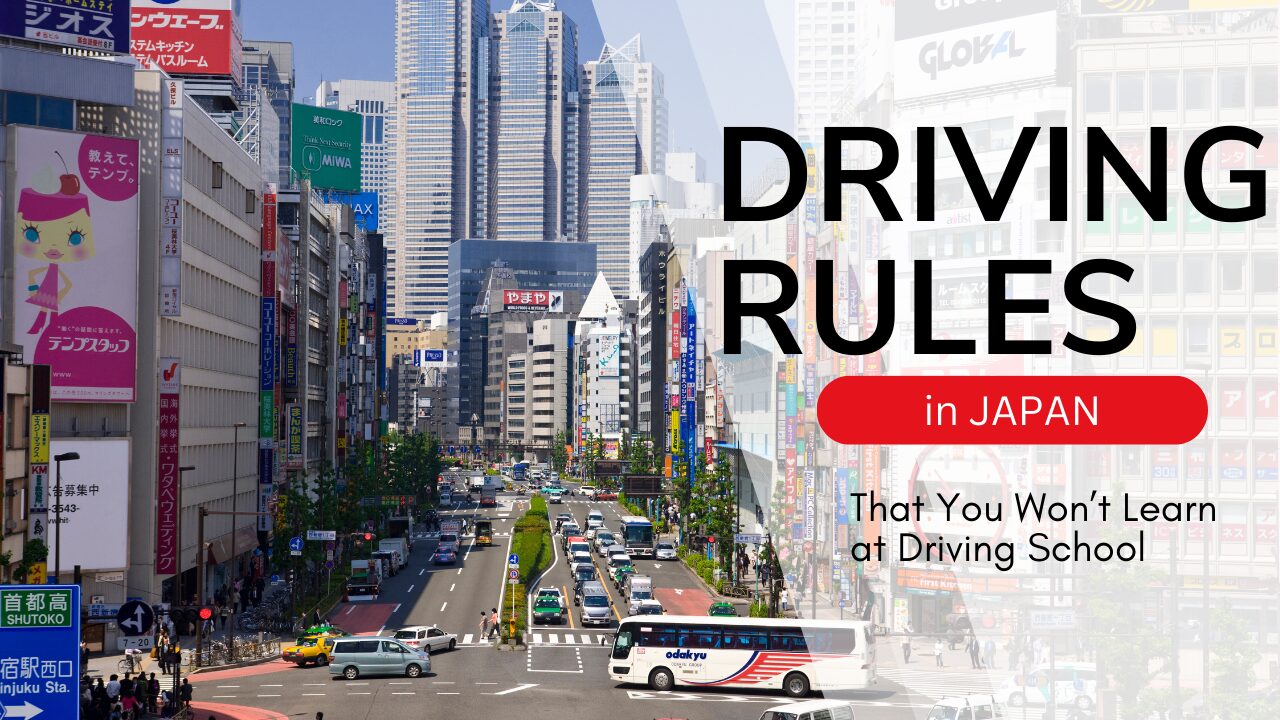
③ Take Regular Breaks

Highways may seem easier to drive on because there are no pedestrians, traffic lights, or turns, but continuous driving can cause you to lose focus and become drowsy. Reduced concentration can lead to unexpected mistakes. It’s important to take breaks every two hours while driving. If you start to feel tired, pull into a service area (SA), stretch, and refresh yourself. Many highway service areas have facilities and services catering to increasing numbers of inbound tourists, and are very popular with foreign visitors. You can not only take a break but also enjoy restaurants and shop for souvenirs.
④ Traffic Jams
During busy seasons like spring cherry blossom viewing, summer beach trips, autumn foliage, and winter ski trips, highways can become congested, especially during long holidays. When caught in traffic, the temptation to change lanes repeatedly or cut into the passing lane can increase as drivers try to move forward faster. However, it’s important to keep the flow of traffic moving smoothly. Aggressive lane changes or cutting in can actually worsen traffic and increase the risk of accidents. During traffic jams, remain calm and stick to the leftmost lane as much as possible.
Color of Road Signs on Highways and Regular Roads

On regular roads, the signs are blue, while on highways, they are green. To avoid mistakenly entering a highway while driving on regular roads, remember that highway signs are green.
What to Do in Case of an Accident on the Highway

If you need to stop due to an accident or a vehicle breakdown while driving on the highway, extreme caution is necessary. Fatal accidents, where stopped vehicles are hit by following cars, occur frequently. If an accident or breakdown occurs on the highway, follow these steps:
- Turn on your hazard lights and pull over to the shoulder.
- Set up a flare or a warning triangle behind your car to alert oncoming vehicles.
- Evacuate to a safe area, such as outside the guardrail.
- Report the accident or breakdown.
Both the driver and all passengers must evacuate quickly to a safe location outside the guardrail, staying mindful of passing vehicles. The inside of the car is not a safe place. Once everyone is safely outside the guardrail, report the situation by calling 110 (police), using an emergency phone, or calling the highway emergency number (#9910). The highway emergency number can also be dialed from a mobile phone.
Emergency phones are installed every 1 km on the main road, every 200 meters inside tunnels, and at interchanges, service areas (SA), parking areas (PA), bus stops, and emergency parking spaces. Just pick up the receiver to connect to the road control center. Inform them of the accident or breakdown situation and whether there are any injuries.
In Conclusion
At ASAHI MOTORS Rent a Car, you can feel at ease even in the event of an accident, as both our company and the insurance provider offer English support. Be aware that some rental car and insurance companies may only provide assistance in Japanese. Additionally, before departing, make sure to check that the rental car is equipped with a flare and a warning triangle.
We hope you enjoy safe and comfortable driving in Japan!





COMMENT